Dem bones – keeping your bones strong and healthy
Dem bones – keeping your bones strong and healthy
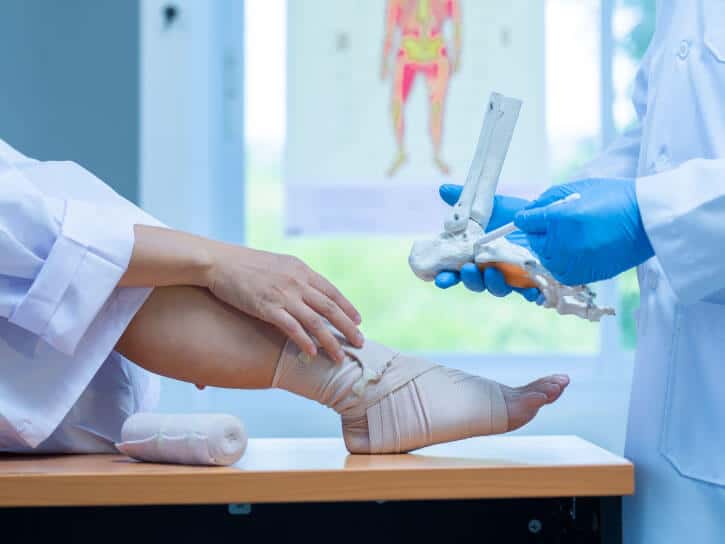
The toe bone’s connected to the foot bone, foot bone’s connected to the heel bone….anyone remember that song from school?
Bones are something we can’t see (except our teeth) but they are literally holding us together. They support our weight, protect our internal organs, help us move and store vital minerals. We even generate a lot of our blood cells within our bones, in a part of our bone marrow called the red marrow, and store fat for energy in the yellow marrow. Humans have 206 bones in their body, ranging from the smallest (the stapes in the middle ear) to the biggest (the femur in your thigh).
For something that plays such an important role in everything we do, we often don’t give bones a lot of thought until we break one. So let’s have a closer look at our bones!
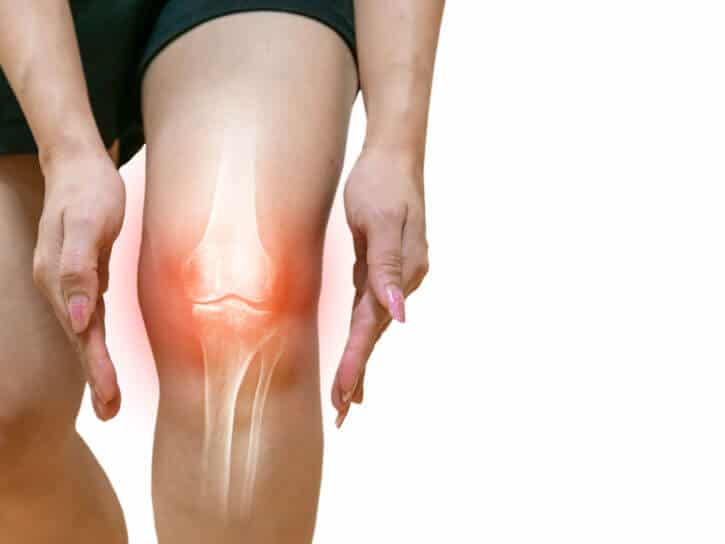
Why do we need strong bones?
We need strong, healthy bones for all the reasons mentioned above. Without them, we wouldn’t be able to hold ourselves up or move around. If your bones aren’t strong, you may be suffering from osteoporosis – a condition where your bones become porous and weak.
Sufferers of osteoporosis may find that even minor bumps can cause a break or fracture in your bones. As well as the obvious pain this could cause, it can also result in disability, as the sufferer finds they can’t move as they’d like to.
Osteoporosis is quite common in Australia with over a million sufferers, with the condition being more common in older women than any other category.
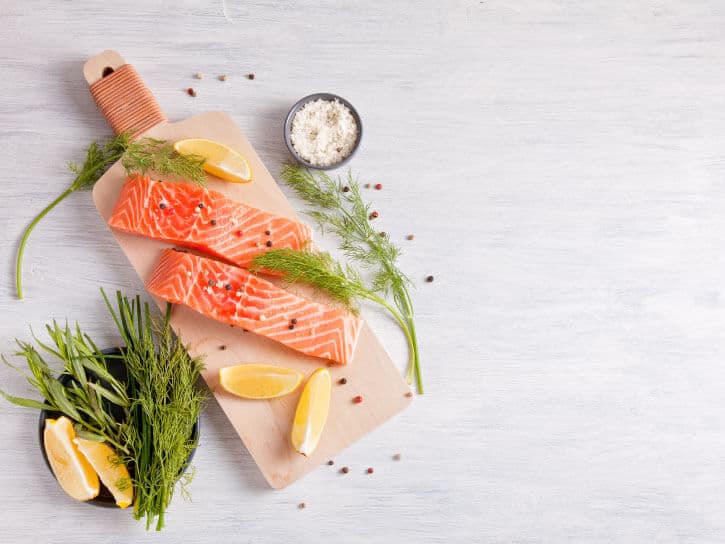
How can I reduce my risk of poor bone health or osteoporosis?
Luckily there is a lot you can do to try and keep your bones healthy and minimise the chances of developing osteoporosis. Keeping physically active and keeping your weight in a healthy range are both really important, as well as limiting alcohol intake and not smoking. Calcium and Vitamin D are great for ensuring your bones remain strong and healthy so eating a diet rich in calcium (such as regular intake of dairy) and getting lots of sunshine all can help your bone health.
Besides dairy (yoghurt, cheese and milk), there are other foods you can include in your diet to for bone-busting health:
- Leafy greens (such as kale) and broccoli
- Salmon, tuna and other fatty fish
- Almonds
- Eggs (the yolks are rich in vitamin D)
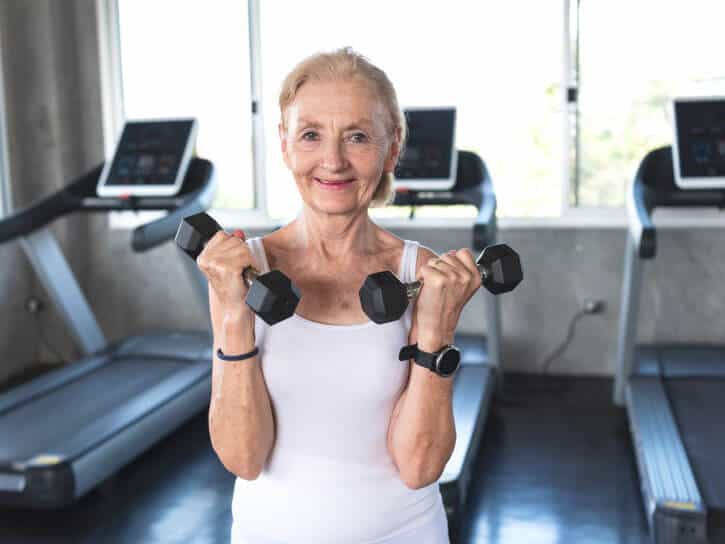
What about exercise?
You might think that lifting weights gives you bigger, stronger muscles (which it does), but it also strengthens your bones too. Over time, your bones lose mass, becoming smaller and more fragile. Weight bearing exercise (using your own body weight, resistance or by lifting weights) can slow this loss of mass, and some studies show that it may even increase bone mass, keeping your bones strong and dense.
It makes sense that stronger bones are less likely to fracture or break in a fall than weaker ones, but they also mean you are less likely to fall in the first place! If you regularly partake in exercise that focuses on strength and balance (such as resistance work) then you’ll be far more nimble on your feet, resulting in less falls, and less chances to break those bones.
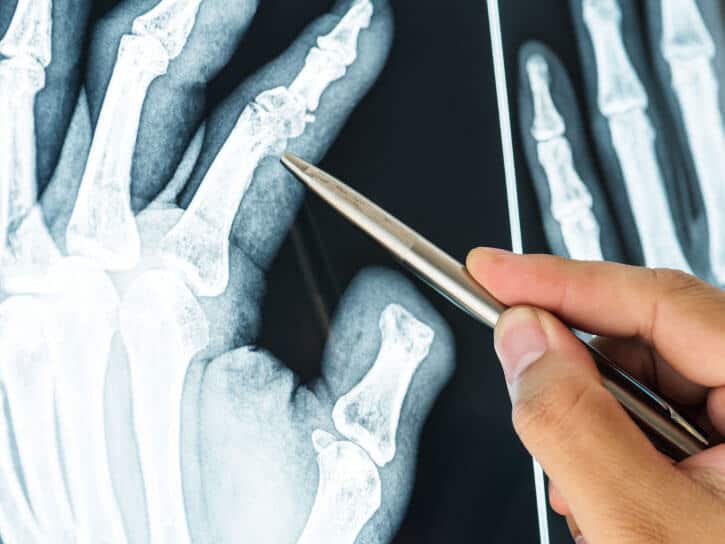
How do I find out if I have osteoporosis?
To see if you have weakened bones or osteoporosis we have to take a look! X-rays and scans can assess the density of your bones – if they look more porous (a bit like honeycomb) it’s a sign that your bones might have some weakness and be more prone to breaking.
We can also talk about other possible signs of weakened bones such as back pain or poor posture, or if you are prone to fractures.
There are very few times you aren’t using your bones – your fingers to type, your feet to stand on and your spine to hold yourself upright for example. It goes without saying that bone health is vital to maintaining an independent, mobile lifestyle. So even though you can’t see them, it is important to make sure you are looking after them.
If you have any concerns about your bone health make an appointment and we’ll investigate further.
This website does not provide medical advice. It is intended for informational purposes only. It is not a substitute for professional medical advice, diagnosis or treatment. Never ignore professional medical advice in seeking treatment. If you think you may have a medical emergency, immediately dial Triple 0 (000).